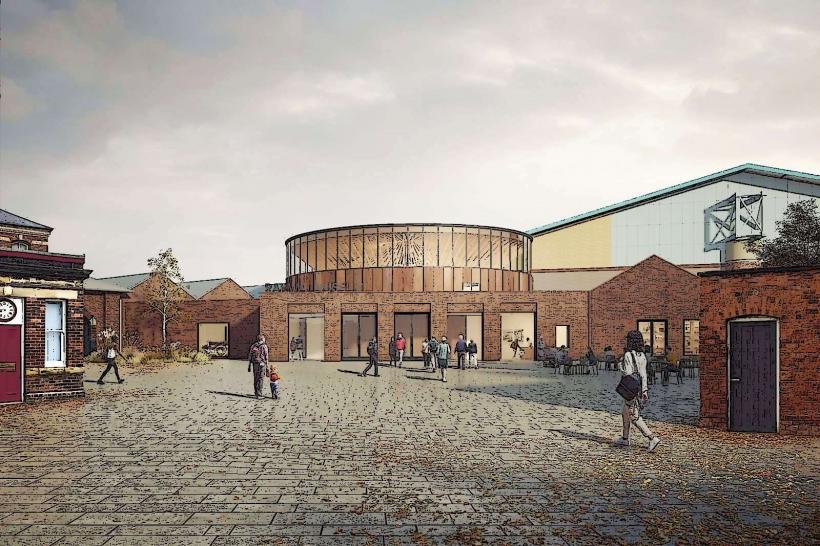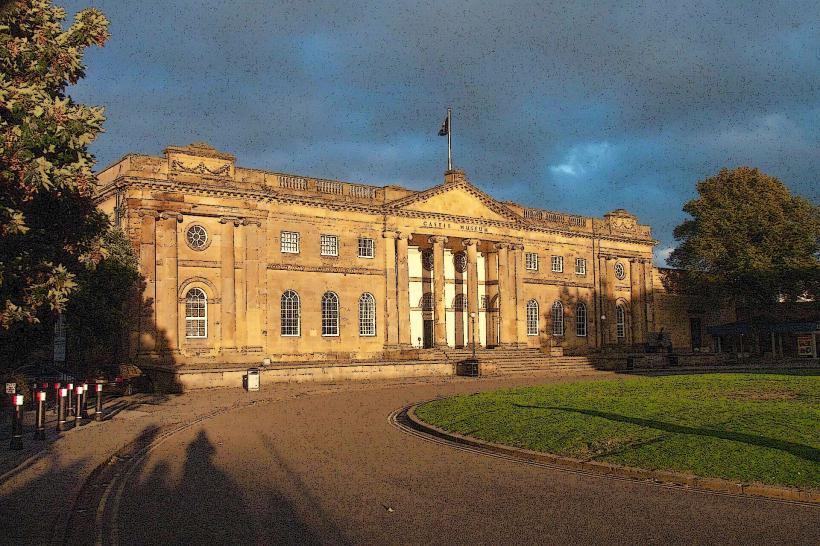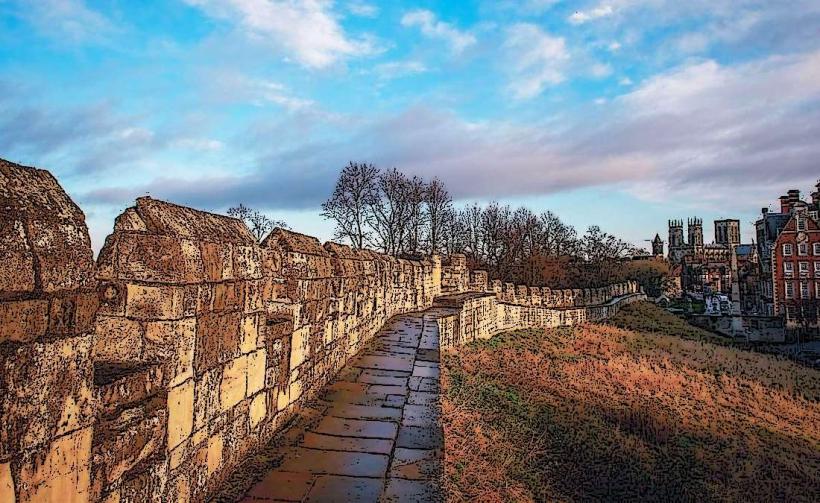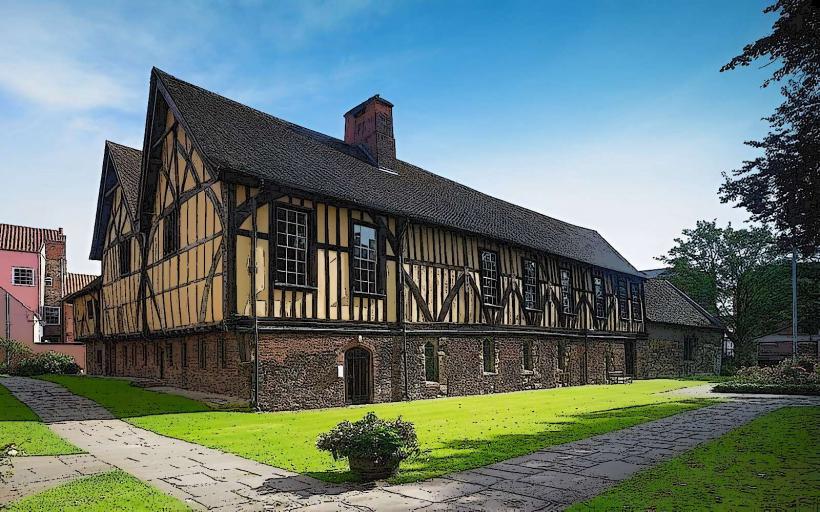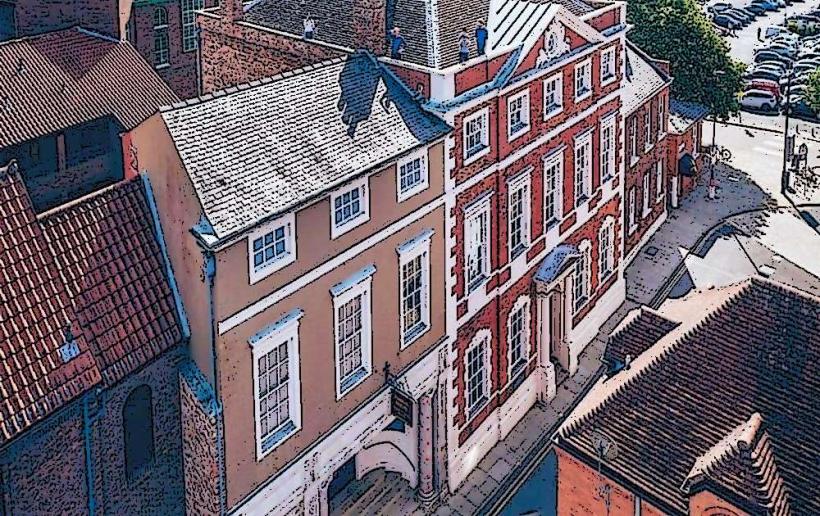Information
Landmark: Cliffords TowerCity: York
Country: United Kingdom
Continent: Europe
Clifford's Tower is one of the most iconic landmarks in York, England, offering stunning views of the city and a fascinating history. It is the remains of a medieval castle and is part of the York Castle complex. Situated on a hilltop, it provides a commanding view of the surrounding area and is a popular spot for visitors interested in the history of York and its medieval past.
History and Origins
Clifford's Tower was originally built as part of York Castle by William the Conqueror following his conquest of England in 1066. The tower was constructed in 1068 as a motte-and-bailey fortress, a type of early Norman castle. The motte is a large earthen mound on which the keep (the central tower) was built. The bailey was the enclosed area surrounding the tower, which contained living quarters, workshops, and other facilities necessary for a fortress.
The Tower’s Evolution
Norman Origins: The earliest version of Clifford’s Tower was a wooden structure, but it was later rebuilt in stone in the late 12th century during the reign of King Henry II. The stone tower was built on the foundations of the original Norman wooden structure.
The Name “Clifford’s Tower”: The tower was named after Roger de Clifford, a 14th-century Lord of the Manor, although the tower had a long history before this name was applied. The Clifford family played an important role in the history of the castle, and their association with the tower gave it the name by which it is known today.
The Siege of York (1190): Clifford’s Tower is infamous for its involvement in one of the darkest chapters of York’s history. In 1190, during the Third Crusade, a tragic event known as the Massacre of the Jews occurred. The Jewish community in York sought refuge in the tower to escape an angry mob, but the siege led to a horrific massacre. Many Jews either died in the tower or took their own lives to avoid capture. This tragic event is remembered as a dark moment in the city’s history.
Decline and Ruins: Over time, Clifford's Tower lost its military significance, and by the 17th century, the tower was no longer used for defense. It fell into a state of disrepair, especially after a major fire in 1684 destroyed much of the structure. What remains today is a partial ruin, with the tower’s exterior largely intact, but much of the interior has been lost.
Architecture and Features
Despite the loss of some features, Clifford’s Tower retains much of its original architectural charm and offers a glimpse into the design of a medieval fortress. Some notable aspects of the tower include:
The Circular Keep: Clifford’s Tower is notable for its circular shape, a design characteristic of many medieval keeps built in stone. The tower is constructed of limestone and has thick walls that were intended to protect the inhabitants from attack.
The Mound (Motte): The tower stands atop a mound of earth, called a motte, which was the typical structure of Norman castles. The mound provides a commanding position, allowing the defenders to see approaching threats from a distance.
The Doorway and Interior: The main entrance to the tower is at the base of the structure, and the doorway leads up to the first floor, where rooms and spaces would have been used for storage and defense. The tower’s interior is largely open now, with visitors able to explore its remaining walls and imagine its former use as a fortress.
Views from the Top: One of the highlights of a visit to Clifford’s Tower is the spectacular panoramic view from the top of the mound. From the tower’s summit, visitors can look out over York city center, including the Minster, the River Ouse, and the surrounding countryside. The view offers a sense of what it would have been like for the castle’s defenders to keep watch over the area.
Role in Modern Times
Today, Clifford’s Tower is managed by English Heritage and is open to the public. It is a popular tourist destination, offering a combination of history, scenic views, and cultural significance. Visitors can explore the tower's ruins, learn about its history through displays and exhibits, and enjoy the impressive view from the top of the mound.
The Visitor Experience
Exploring the Tower: Visitors to Clifford’s Tower can explore the ruins of the tower and its grounds. The tower itself is open to the public, allowing guests to wander around the remains and examine the medieval structure. There are informative panels that explain the history of the tower, as well as interactive displays that give a more detailed view of the castle’s past.
Climbing to the Top: One of the most popular activities for visitors is climbing to the top of the tower. From the top, you can take in breathtaking views of York, the surrounding countryside, and the nearby River Ouse. The views are especially striking during the spring and summer months when the weather is clear, and the city is bathed in sunlight.
Educational Exhibits: The tower also houses a number of exhibits that help visitors understand its history, including displays about the Norman conquest, medieval fortifications, and the massacre of the Jews in 1190. These exhibits provide a more in-depth look at the significance of the tower in the context of York’s history and the events that took place there.
Visitor Facilities: Visitors can make use of the on-site gift shop to purchase souvenirs and books related to the history of York and Clifford’s Tower. The gift shop is a great place to find items that reflect the rich history of the castle and the city.
Cultural and Historical Significance
Clifford’s Tower holds great significance both historically and culturally. It is a reminder of the Norman conquest and the rise of the medieval castle system in England. The tower also stands as a witness to some of the more tragic aspects of York’s history, particularly the massacre of 1190.
As one of York's most important landmarks, Clifford’s Tower remains a symbol of the city’s medieval heritage and its role as an important center of power during the medieval period. The tower’s position at the heart of the city offers a tangible connection to the past, and it continues to attract visitors from around the world who want to learn more about York’s history and explore one of the city's most iconic landmarks.
Conclusion
Clifford’s Tower is an important historical monument in York that offers visitors a chance to explore the medieval past of the city. From its Norman origins to its tragic events and eventual decline, the tower has witnessed much of York’s history. Today, it stands as a ruin with a rich story, offering incredible views and an opportunity for visitors to step back in time. Whether you're interested in history, architecture, or simply enjoy a great view, Clifford’s Tower is a must-see attraction when visiting York.



